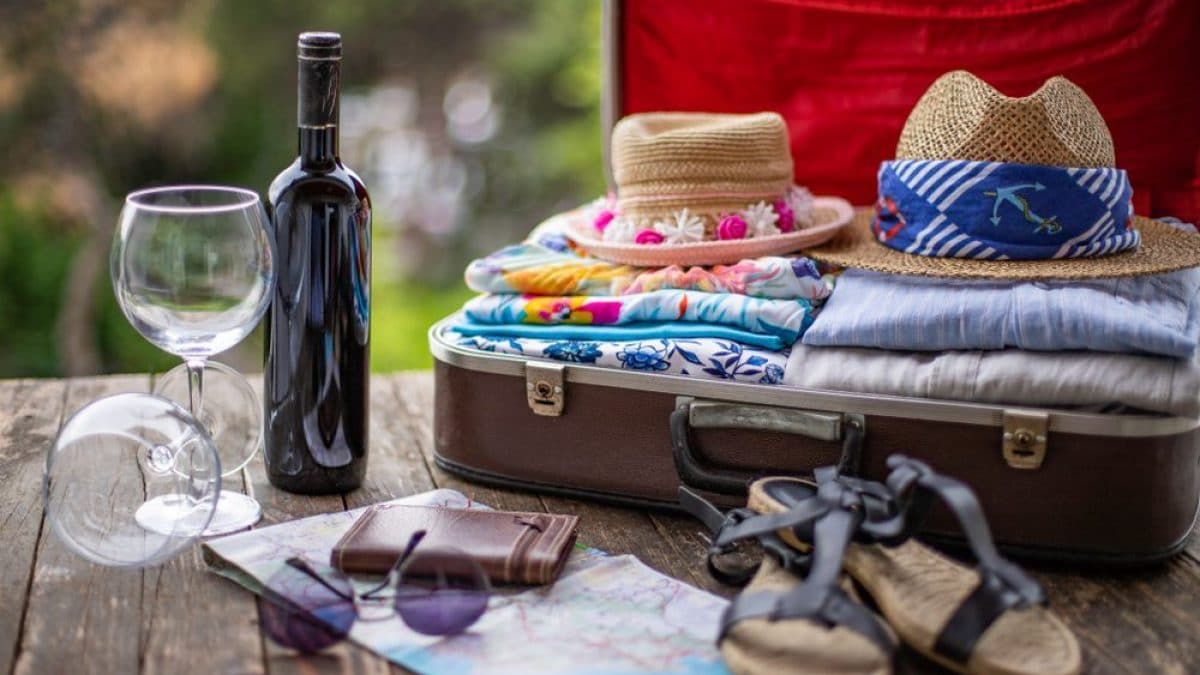
Until now, anyone who's tried to carry a bottle of wine or a can of olive oil in their carry-on luggage knows how complicated it was: liquids limited to 100 milliliters, clear bags, stringent security checks, and the almost inevitable renunciation of bringing along precious food products, perhaps purchased while traveling. But something is finally changing: thanks to the arrival of new technologies in European airports, it will soon be possible to travel again with a bottle of extra virgin olive oil or a craft liqueur right in your carry-on luggage. A small but significant revolution, especially for those who love to travel and enjoy the specialties they've tried even after returning.
Restrictions on liquids were introduced in 2006, in the midst of the post-9/11 climate. Nearly twenty years later, technology now allows for safety without compromising the travel experience. But there's also a shift in mentality: the modern traveler wants speed, convenience, and the ability to take a piece of the place they've visited with them—often represented by a gastronomic product.
Goodbye to The 100ml Rule? Here's What's Changing
The new development concerns the introduction of new, next-generation security scanners (Hi-Scan 6040 CTiX and similar), already present in some of the main European airports. These scanners, based on computerized tomography technology, are able to analyze baggage in 3D and detect any dangerous substances without having to limit liquids to small bottles. The most immediate consequence? You will be able to bring bottles of wine, oil, spirits, and other liquids on board without having to place them in transparent bags or remove them from your suitcase.
For those who love food tourism, the innovation is more than just technical: it's a cultural shift. How many times, returning from a trip to Tuscany or Sicily, have you had to forgo bringing a bottle of local olive oil or a fine wine because you only had carry-on luggage? Now, with the new rules coming soon, those products can travel with us in the cabin, without having to hastily pack them in the hold or ship them separately.
This also represents an opportunity for local producers and for the local economy: travelers will be able to buy more and with less stress, knowing they can take their purchases home without complications.

When Will it Come Into Force?
Although some airports, such as Milan Malpensa, Rome Fiumicino, and Bologna, are already equipped with new technologies, the full liberalization of liquids is still in the approval process. The final decision rests with the European Civil Aviation Conference (ECAC), which could give the final green light between late July and early August 2025. However, it should be noted that the European Union has temporarily imposed new restrictions on even the most modern scanners for security reasons, so the return to full liquids freedom could be gradual.
The Future of Travel is (Also) Food and Wine
In an age where food is increasingly synonymous with culture, identity, and memory, being able to travel with a bottle of artisanal limoncello or a jar of DOP olive oil in your carry-on is more than a convenience: it's a small victory for those who love to savor the world. And thanks to new airport technologies, it will soon be possible to do so more easily and with fewer constraints. The direction is set: the future of travel lies—also—in the aroma of olive oil and the scent of a good wine.
;Resize,width=767;)
